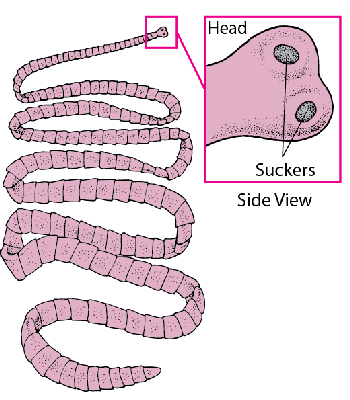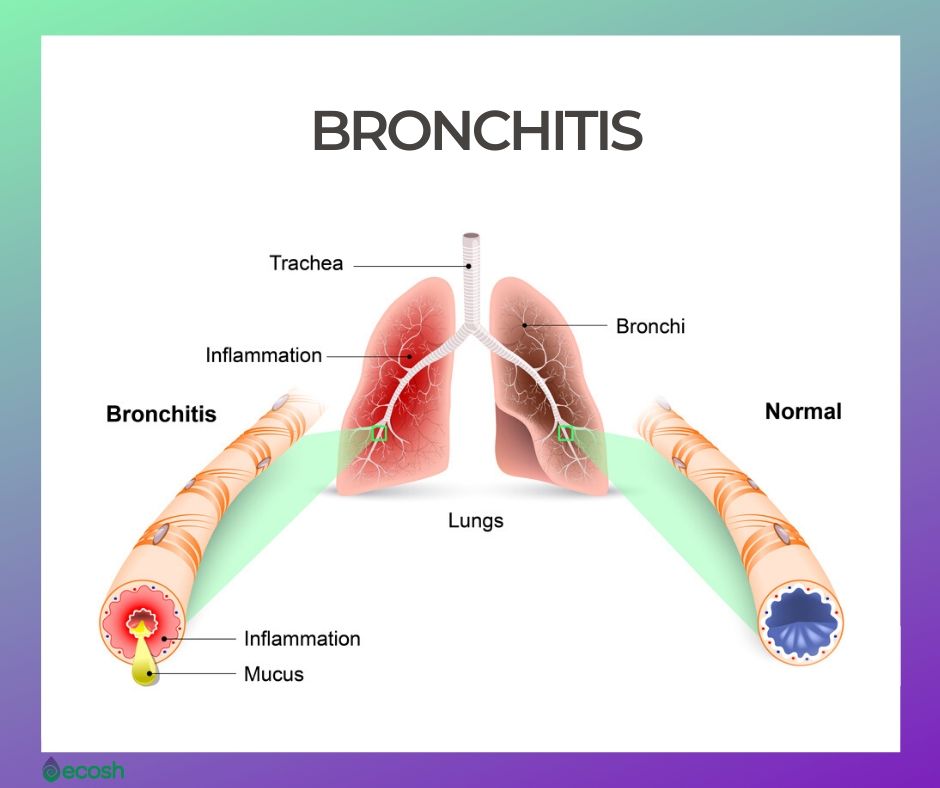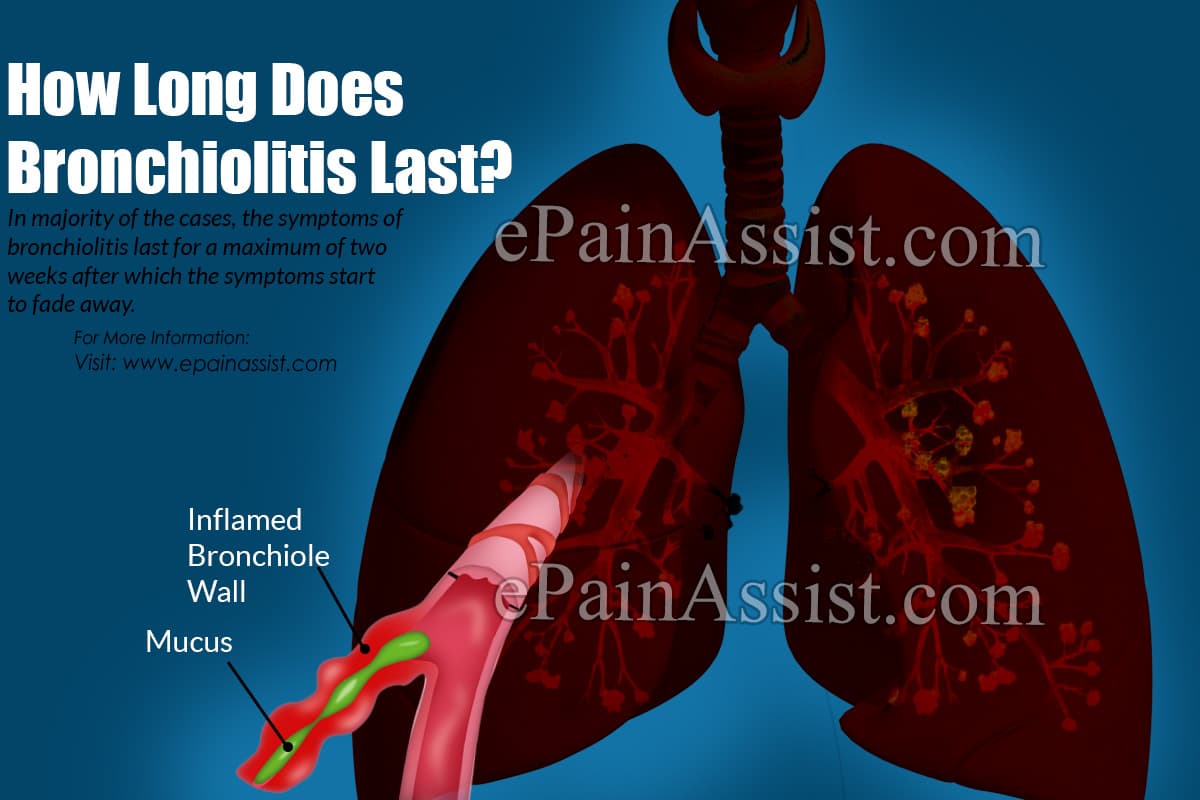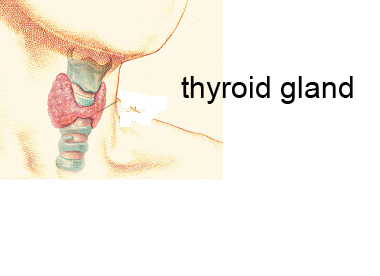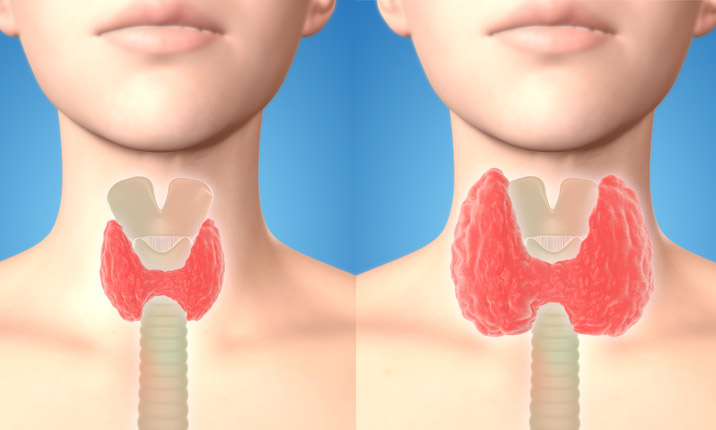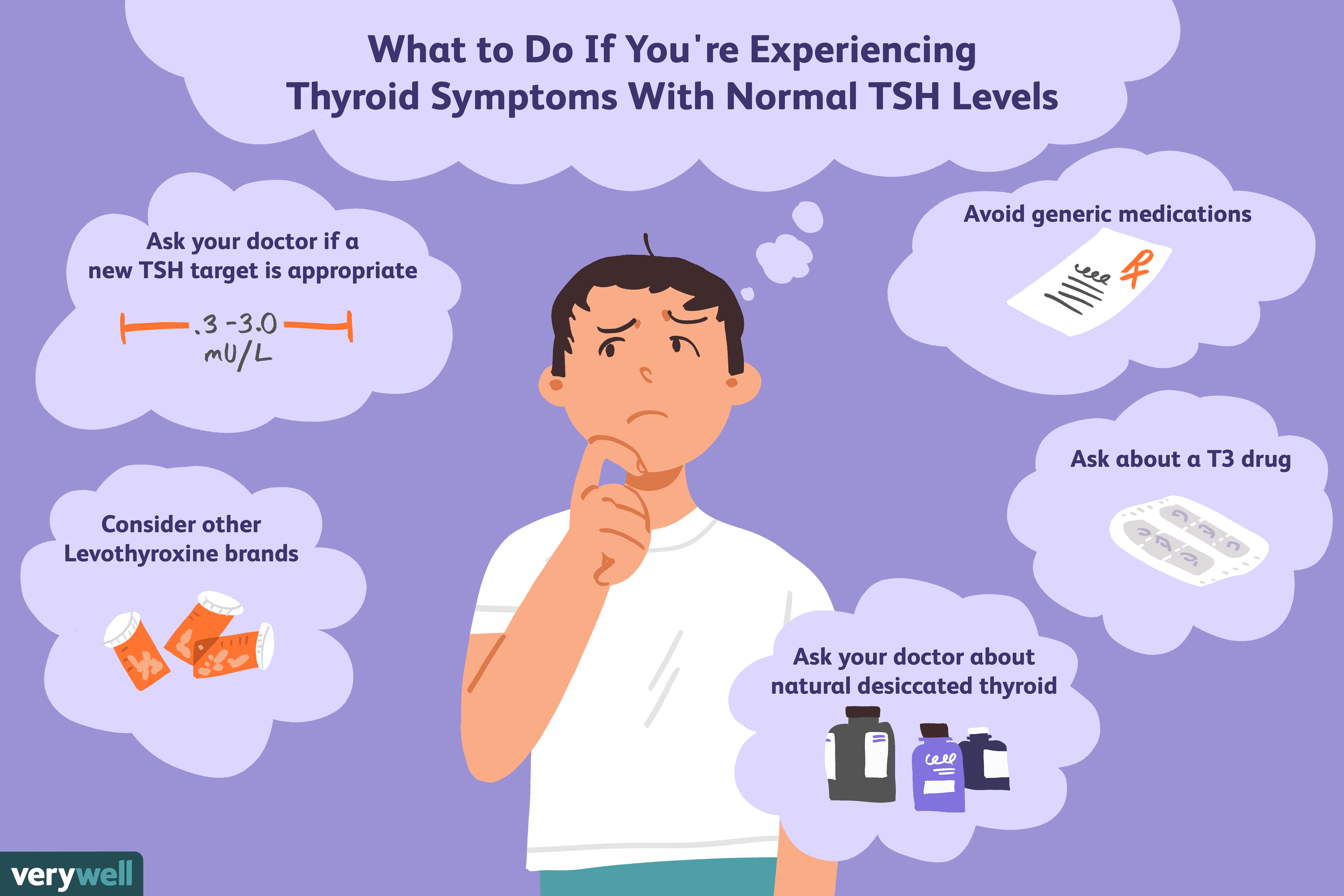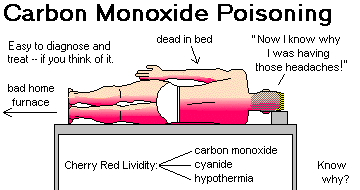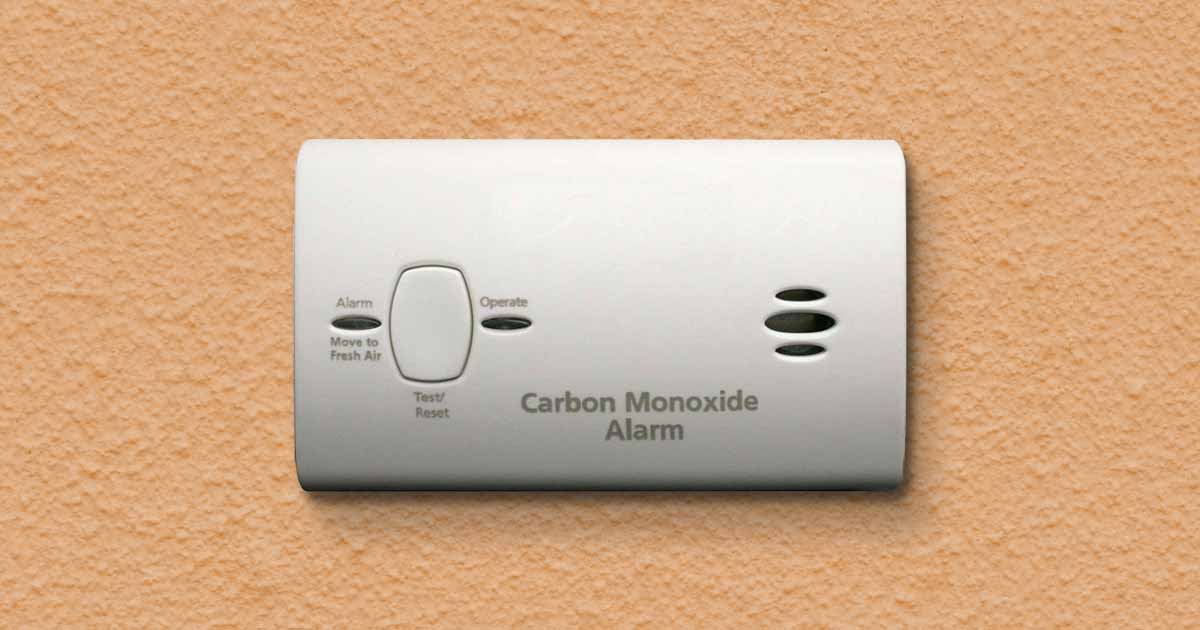The Personality Disorder Test is a fun and informative psychology-based program. The program is based on both the clinical areas of psychiatry and psychology and includes the topic of personality traits and personality disorders. This is the first of four studies to be examined by the program. The study included personality disorders that affect people taking certain medications, as well as personality disorders that can arise from life circumstances and other problems.
There are various personality disorders that are considered separate conditions. The first classification is called social phobia, which is difficult to overcome due to the fear of social situations. This disorder is usually treated with social anxiety therapy, cognitive behavioral therapy, and medications.
The second category is called bipolar disorder. This disorder is characterized by a variety of mood swings, including mania and depression, and suicidal thoughts and actions. In fact, bipolar disorder is not a mental illness, but a combination of mental illnesses. Bipolar disorder is treatable, but requires constant monitoring of your health. Many people with bipolar disorder do not receive treatment because of their personal and professional obligations. You can find more information about this disease and how to treat it on the website https://sarjana.co.id/.
The third and fourth categories are characterized by the following symptoms: schizophrenia, psychosis, autism, and obsessive-compulsive disorder. Each of these categories has symptoms similar to those of other mental illnesses, as well as mental disorders that are also treated. These conditions are treatable with psychotherapy, medication, or both. Some of the symptoms of these disorders, as well as the conditions themselves, can seem very similar to each other, so it is important that anyone experiencing these symptoms immediately consults with a licensed mental health professional to make sure the condition is not a sign of a medical condition. something more serious.
The Personality Disorder Test consists of questions that cover a number of different topics related to personality and mental illnesses. The test is intended to help people determine if they are a good candidate for specific disorders, or if they would be better off on the spectrum as a normal, healthy individual.
The personality disorder test is divided into two parts. Part I consists of sixty multiple-choice questions. These questions are divided into several sections, including the ability to recall information, social phobias, and generalized anxiety disorder. Part II contains questions about the person's personality traits, which will be used later to determine if they are on the high or low spectrum.

Part I of the Personality Test requires a person to answer the same questions over a span of a week or more
These questions help the test taker to identify their personality type, or type. The test is then broken down into a number of sections to ensure that each section is used to determine the best candidate for the different disorders.
The Personality Test is designed to make it easier to diagnose a person for various disorders, whether it be psychiatric or otherwise. A proper diagnosis can make it possible to start a treatment program, as well as giving a person an understanding of how their personality affects their everyday life. This information helps to improve and maintain good health, as well as a general sense of well-being.
People taking the Personality Disorder Test will be asked to complete a questionnaire at the beginning of the testing period. This questionnaire will include a number of different questions, many of which relate directly to their personality type. These questions can be used to determine the type of disorder that a person might have.
There are some different levels of the Personality Disorder Test. Each level is designed to cover a different area of personality, and help people to better understand their personality disorders. There are four levels, all of which are intended to be completed in order, to help the person understand their personality and understand if they could benefit from a mental health treatment program.
The Personality Disorder Test is designed to help people determine their own personality, which helps them to understand their personal behaviors and how their personalities affect their health and happiness. By answering these questions, a person can better understand their own behavior and why they behave the way they do.







